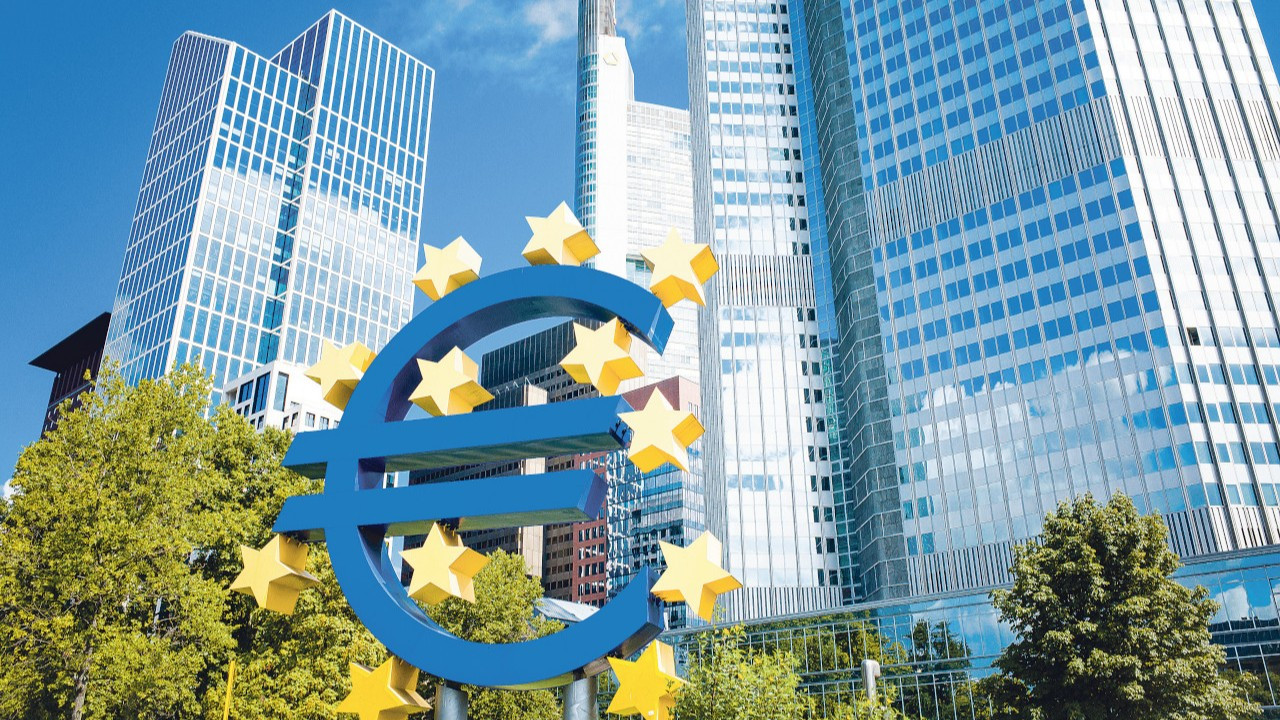
The ECB, which took the hardest tightening steps in its history by increasing the policy rate by 75 basis points each, is expected to slow down in the rate of increase in the interest rate at its December meeting. Inflation in the Euro Zone, which was 10.6 percent in October, fell to 10 percent in November, falling short of expectations and fell 1.5 years later. With the inflation data, the ECB’s rate hikes are expected to slow down and the monetary tightening cycle is expected to continue for a while due to recession concerns. Elwin de Groot, Rabobank ECB and Eurozone Head of Macro Strategy, said that despite the slowdown in the headline inflation rate, core inflation is still high, which may slow down the approach to the inflation target. Groot stated that the new projections will include 2025, but given the recent forecast errors, the ECB should act cautiously as long as upside inflation risks persist. Stating that the slowdown in the interest rate path does not mean that the neutral rate will be lower, Groot emphasized that conveying this message will be one of the main challenges for ECB President Christine Lagarde. Stating that the details of the quantitative tightening may attract more attention than other issues, Groot said that a 50 basis point rate hike seems more likely at this point, but they cannot completely ignore the possibility of a “surprise” 75 basis points. The last step may come in April While Elwin de Groot predicts that the neutral interest rate may be 3 percent, he noted that the latest interest rate increase could be realized in April with an increase of 25 basis points. Groot stated that the slowdown in monetary tightening may give the impression that “the ECB has been very soft on inflation”. Stating that the ECB cannot afford to look “dove”, Groot said Lagarde could emphasize that “a slower rate hike will not affect potential neutral inflation”. Groot emphasized that quantitative tightening can be transferred as a stabilizing factor for lower rate hikes. Stating that any rate hike that is currently abandoned can be added to the cycle in 2023, Groot stated that the latest headline inflation cannot be used as a reason for a lower rate hike, and that the tightening cycle may spread to this process. Increase in interest rates may continue next year Berenberg Chief Economist Holger Schmieding said the ECB’s “hawks” and “doves” are at odds. Expressing that the “hawk” wing, which is facing 10 percent inflation, wants to continue with front-loading rate hikes and start shrinking the ECB’s balance sheet already in January, Schmieding said, “The pigeon-wing, interest rate hike, which is worried about the recession that the Eurozone has fallen into this quarter, It wants to wait until at least April to slow the pace of rate hikes and allow the Bank to remove some maturing bonds from the balance sheet.” said. Schmieding emphasized that a 75 basis point increase and early quantitative tightening remain probable, but the most likely outcome is a slower rate hike. Expressing that the rate hike may continue next year, Schmieding said that these increases could be 25 or 50 basis points. Schmieding reported that there could be 1, 2 or 3 rate hikes next year. ECB may end jumbo rate hikes Commerzbank Senior Economist Michael Schubert also stated that the ECB may put an end to “jumbo rate hikes” and increase it by 50 basis points instead of 75 basis points at its December meeting. Schubert stated that quantitative tightening may begin in March.
